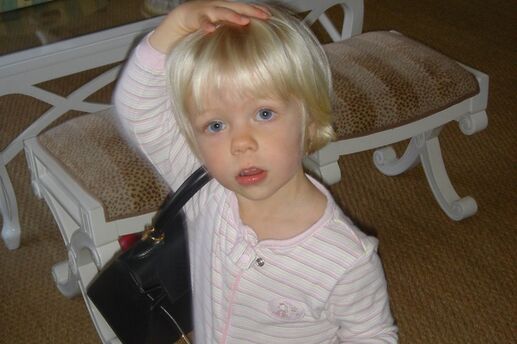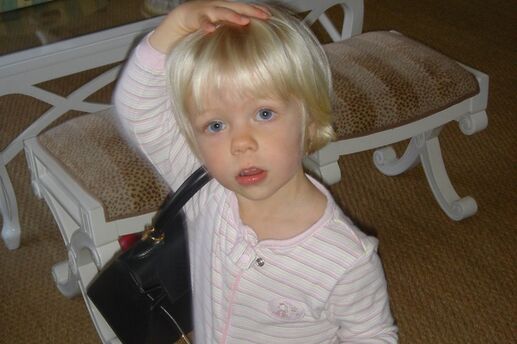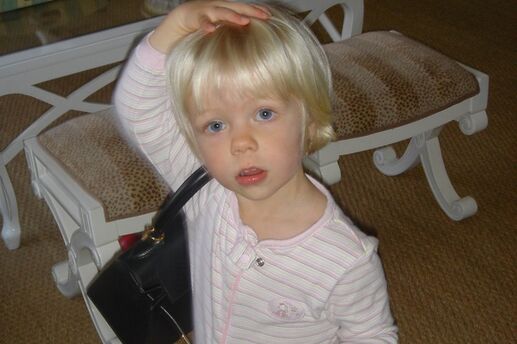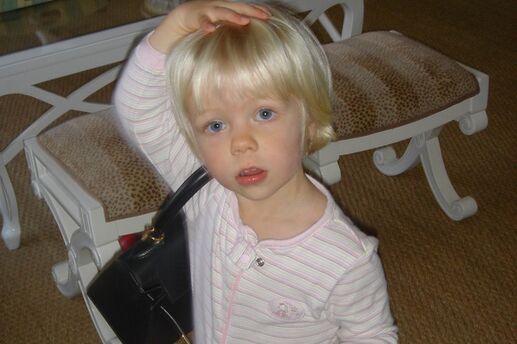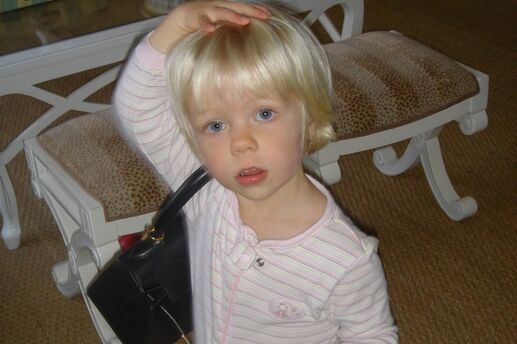Is Your Child Ready for Potty Training?
Although it might sound somewhat scary, every mom goes through it, and it doesn’t have to be hard. It’s potty training, and if your kid is between 18 months and 2 1/2 years, you’re probably thinking one thing: How can I get started?
While it’s true that some children take to potty training pretty easily, others might need a little extra care and attention. Relax, take a deep breath, and follow these instructions. You’ll be congratulating your child on a job well done in no time.
Pick the right time to start
There’s no point trying to potty train your child before he’s ready (and you’re ready, too!). The process just won’t work. When it comes to your own patience, if you’re in the middle of anything stressful, like a move or a remodel, consider waiting until you can devote your full attention to the task at hand.
Fortunately, the signs that your child is ready to use the toilet are actually pretty obvious, if you’re looking for them.
For starters, a kid who is ready for potty training must be able to follow instructions. Try starting him off slowly, by having him practice pulling his underwear or diaper on and off. Next, move to more challenging tasks, like coordinating the idea of taking his diaper off with sitting on the toilet.
Your child may also start telling you when he needs to go -- especially if you’ve been demonstrating and explaining the proper way to use the toilet (which is a great idea). He may even start attempting to use the toilet on his own, at which point he should be highly praised.
Involve your child in the process
Although it will be necessary for you to research the
best equipment (potty chair, adapter seat, etc.) for your child to use
during his training, involving him in the decision-making process is an
easy way to get him excited about potty training.
Once you’ve determined which equipment is right for him, allow your child to pick from a number of different colors and designs. He’ll like being involved and knowing that the potty chair is just for him.
Don’t
get discouraged
As with most things
regarding kids, patience is key. Keep in mind that girls tend to catch
on to potty training a bit faster than boys, and it can sometimes take
several months for them to catch on and be able to go on their own. Try
to keep your cool (and infuse a little humor when possible), and
you’ll be just fine.
Expect setbacks. It’s perfectly normal for your child to have a few on his way to potty-training perfection, and how you handle those setbacks will be key. Never get angry or punish your child for an accident. Instead, be positive and explain that accidents happen. Then remind him that the next time he feels the need to go, he should try to remember to use his fun new potty instead.
Remember -- slow and steady wins the toddler potty-training race. Try to embrace these days, and keep in mind that you’ll only have to potty train your kid once. It will be soon be a distant memory.



